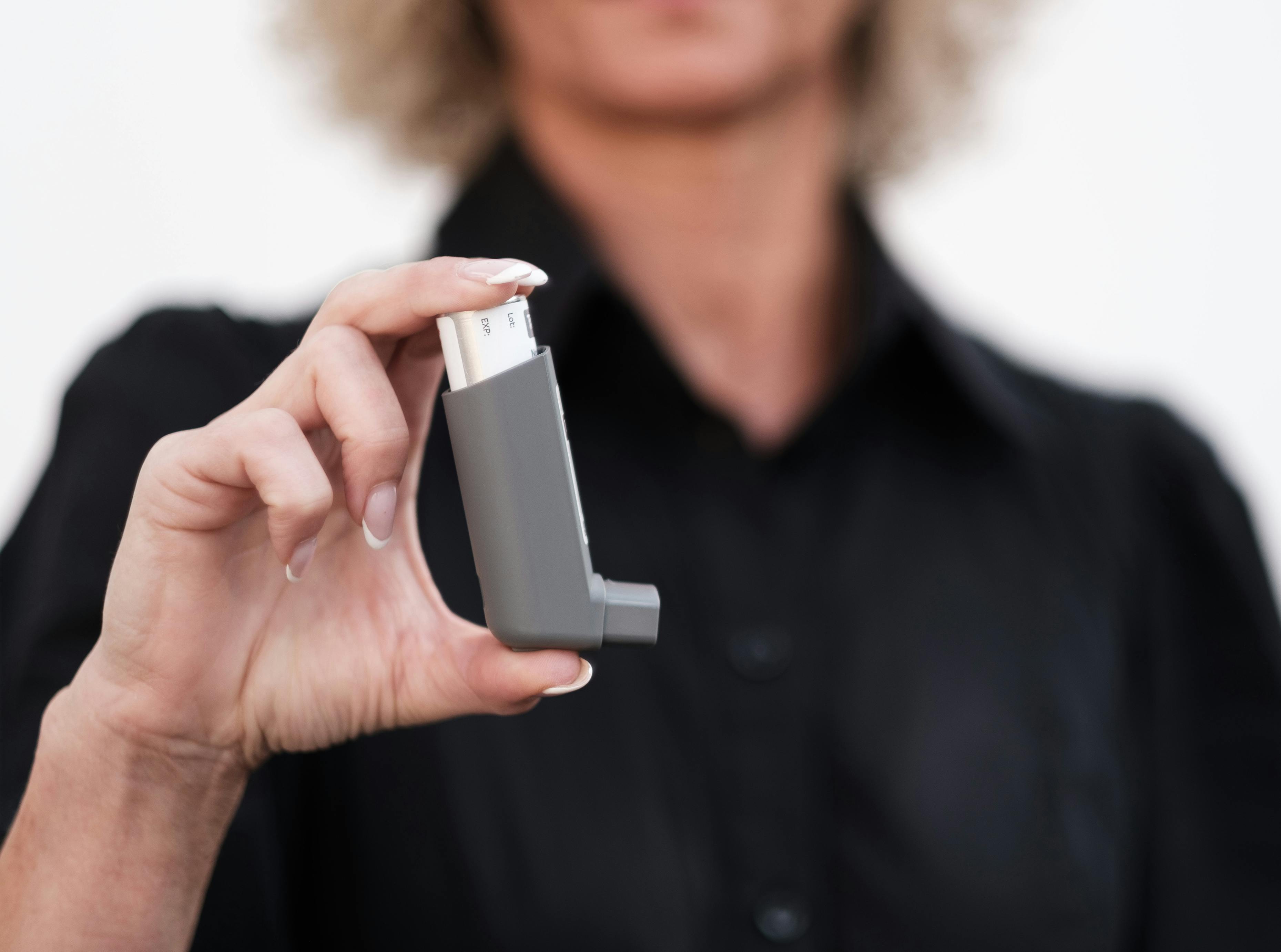Chronic Obstructive Pulmonary Disease (COPD)
Comprehensive Guide

Chronic Obstructive Pulmonary Disease (COPD)
Overview
COPD is a chronic and progressive lung disease characterized by persistent airflow limitation and inflammation. It is most commonly caused by long-term exposure to harmful substances, such as cigarette smoke or environmental pollutants. COPD includes two main conditions: chronic bronchitis and emphysema, which often coexist.
Symptoms
COPD symptoms develop gradually over time and include:
• Persistent cough with mucus production (chronic bronchitis).
• Shortness of breath, particularly during physical activity.
• Wheezing and chest tightness.
• Frequent respiratory infections.
• Fatigue and unintended weight loss in advanced stages.
Causes
The main causes of COPD are:
• Smoking: The leading cause in most cases.
• Environmental and occupational exposures: Pollutants, dust, or chemicals.
• Genetic predisposition: Alpha-1 antitrypsin deficiency is a significant risk factor.
Demographics
• Over 300 million people worldwide are affected.
• Most cases occur in individuals aged 40 years and older.
• COPD is more prevalent in smokers and those exposed to biomass fuels in low-resource settings.
• Women are slightly more affected in terms of prevalence, though mortality rates are similar across genders.
Diagnosis
Diagnosis of COPD involves:
• Clinical history: Long-term smoking, exposure to pollutants, and respiratory symptoms.
• Pulmonary function tests: Spirometry confirms airflow limitation, with a reduced FEV1/FVC ratio (<0.7).
• Imaging: Chest X-rays or CT scans may show signs of emphysema or hyperinflation.
• Blood tests: Alpha-1 antitrypsin levels in younger patients or non-smokers.
Treatment
Although COPD has no cure, treatment focuses on managing symptoms, improving quality of life, and reducing exacerbations:
• Lifestyle changes: Smoking cessation is essential.
• Medications:
• Inhaled bronchodilators to relax airway muscles.
• Corticosteroids to reduce inflammation.
• Oxygen therapy: For patients with advanced disease and low oxygen levels.
• Pulmonary rehabilitation: Exercise training, nutritional counseling, and breathing techniques.
• Vaccinations: To prevent respiratory infections, including influenza, pneumococcus, RSV, and COVID-19.
• Surgical options: Lung volume reduction surgery or lung transplantation in severe cases.
Key Takeaway
Early diagnosis and intervention are vital to slowing the progression of COPD. With appropriate management, patients can significantly improve their quality of life and longevity.
